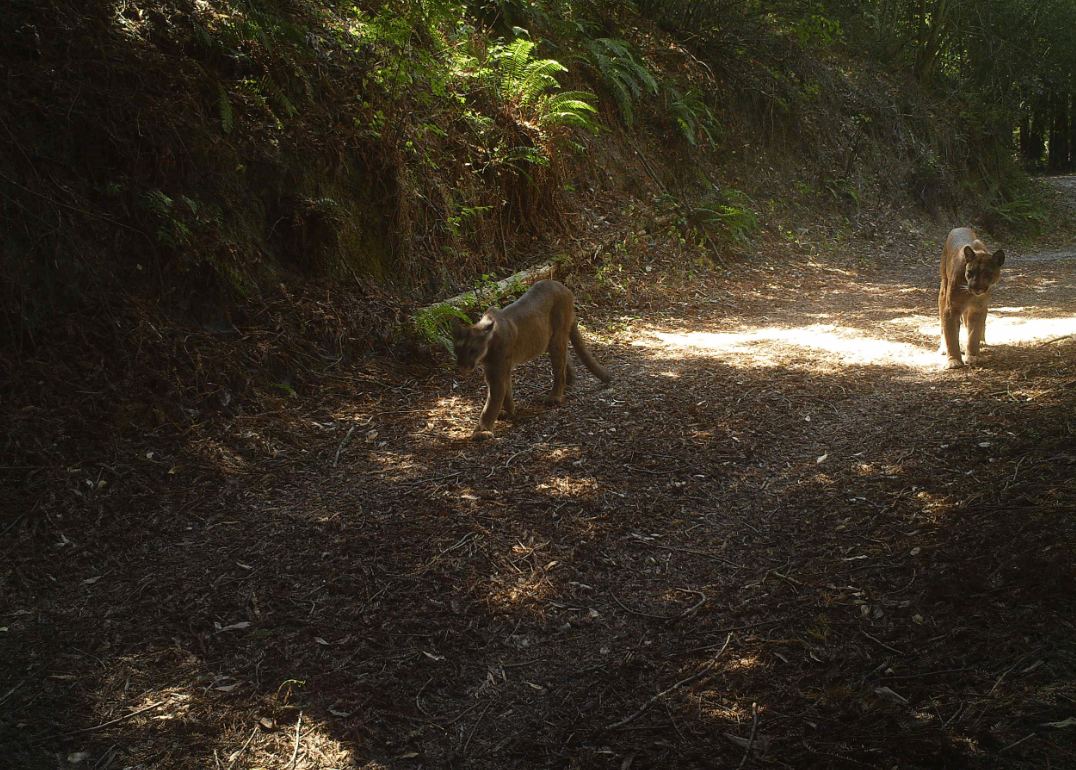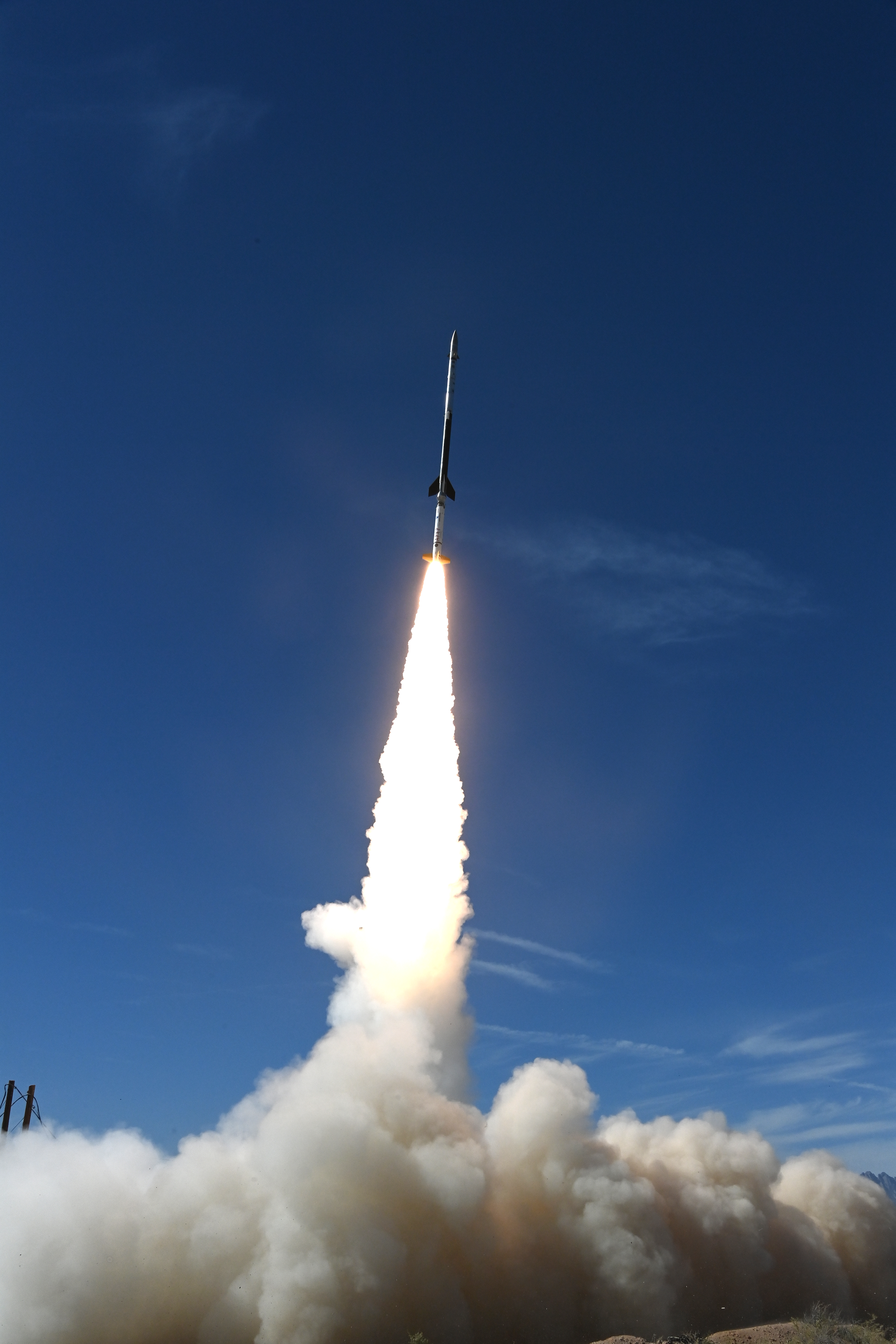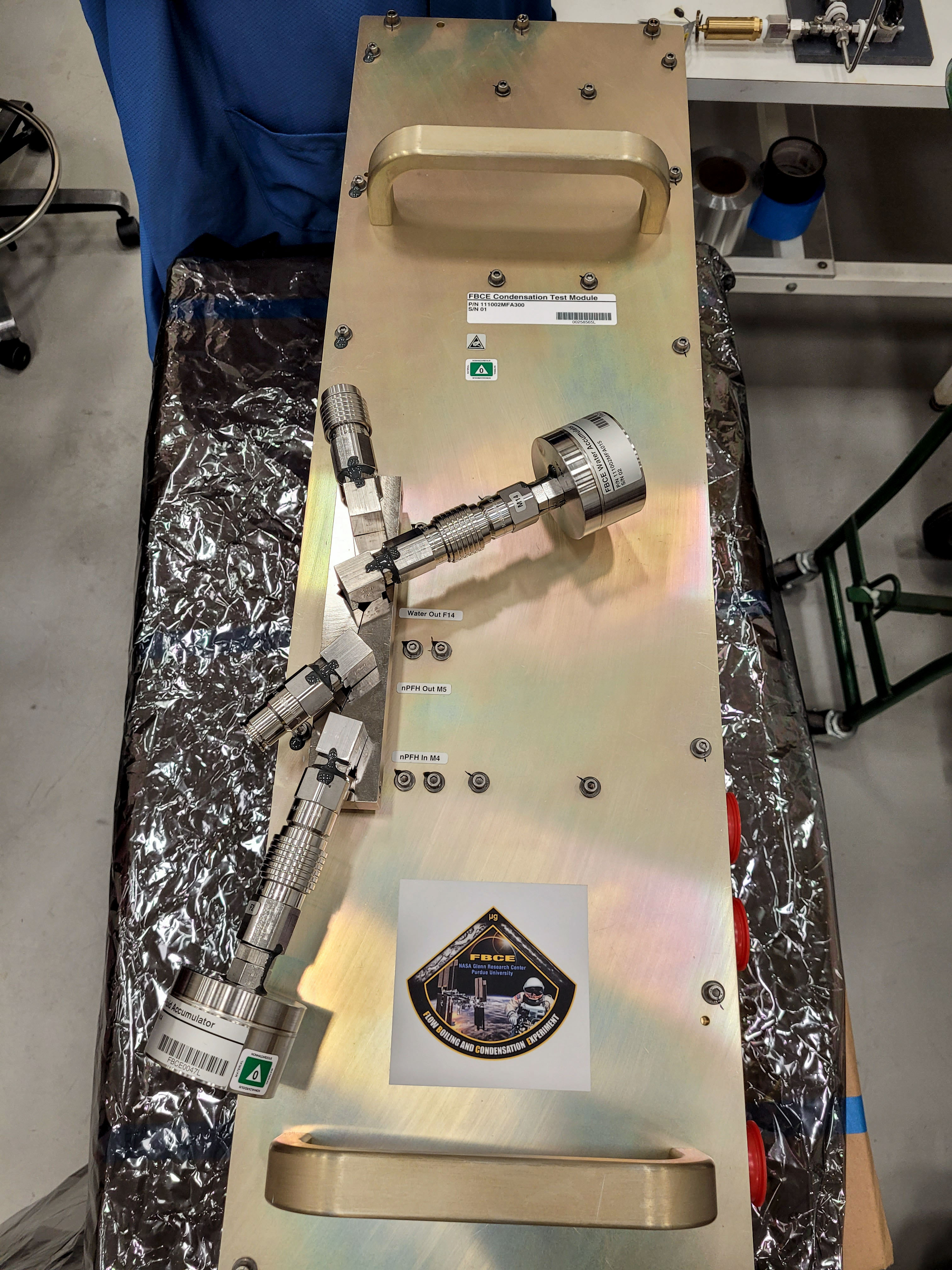2 min read

In the face of growing environmental pressures, changing climates, and ecological damage, organisms around the globe have been forced to move from their historic ranges to find more suitable habitats. As these changes continue, the long-term survival of many species depends on their ability to safely traverse the landscape to find more optimal habitats.
To improve animal connectivity and conservation strategies, The Nature Conservancy (TNC) climate change ecologist and NASA-funded principal investigator Kimberly Hall and her team of scientists updated the software tools Omniscape and Circuitscape. This software can input diverse climate, physical, and ecological variables from NASA Earth observation data to map the complex routes animals take to traverse the landscape under current and possible future conditions.
Traditional modeling looks at an organism's single best pathway, but in reality, an animal is likely to choose different avenues based on daily conditions. Omniscape, and its predecessor Circuitscape, leverage circuit theory to map an animal’s changing movements like electricity moving across a circuit board.
This software package is currently being used by TNC and partner agencies to guide decision-making and investments in land protection and management.
More information on Omniscape and Circuitscape and how they’re being used can be found in the Applied Sciences story Improving Animal Connectivity and Conservation Strategy.







